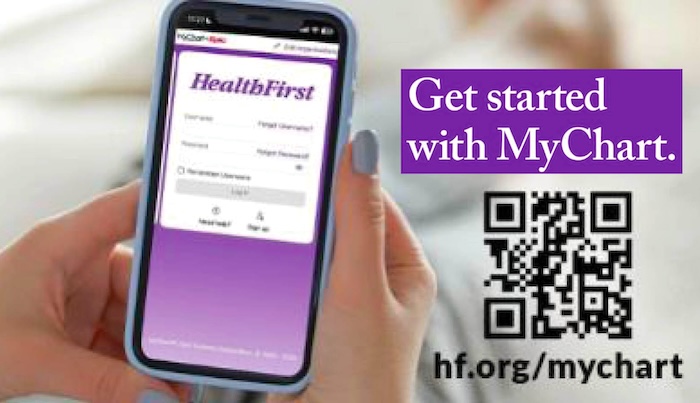Pain Relief Patches, Gels, and Pills Explained: How Do They Work?
By Space Coast Daily // May 3, 2025

Pain relief products come in many forms, including pills, gels, and patches, each designed to target pain in different ways. Whether you’re dealing with muscle aches, joint pain, or headaches, choosing the right pain reliever depends on the type and severity of discomfort.
While pills work internally through the bloodstream, gels and patches offer localized relief. As any doctor, pharmacist, or student of direct entry nursing programs will tell you, many types of pain relief options are available.
Understanding how these products work can help you make an informed decision about the best way to manage pain effectively. This article will explore the science behind pain relief patches, gels, and pills, helping you make informed decisions about managing your pain effectively and safely.
Pain Relief Pills
Pain relief pills are the most common way to manage pain and are available in both over-the-counter (OTC) and prescription forms. They can be broadly categorized into nonsteroidal anti-inflammatory drugs (NSAIDs), acetaminophen, and opioids.
NSAIDs, such as ibuprofen and naproxen, reduce inflammation and block enzymes that cause pain and swelling. They are commonly used for muscle aches, arthritis, and headaches.
Acetaminophen, found in Tylenol, does not reduce inflammation but helps relieve pain by affecting pain signals in the brain.
Opioids, like oxycodone and morphine, are reserved for severe pain and work by binding to opioid receptors in the brain to block pain perception.
These pills work systemically, meaning they enter the bloodstream and provide widespread pain relief. While effective, they may come with risks such as stomach irritation (NSAIDs), liver damage (acetaminophen), or dependence (opioids). It’s important to use them as directed and consult a healthcare professional when choosing the best option.

Pain Relief Gels
Pain relief gels are topical products applied directly to the skin to provide localized relief for muscle aches, joint pain, and inflammation. They come in various types, including heating gels, cooling gels, and medicated gels, each designed to address specific types of discomfort.
Heating gels often contain ingredients like capsaicin, derived from chili peppers, or menthol. These ingredients create a warming sensation that increases blood flow to the area. This helps relax tight muscles, reduce stiffness, and alleviate pain, making them ideal for conditions like arthritis or chronic back pain.
Cooling gels, on the other hand, typically include menthol or camphor, which produce a refreshing, numbing effect that soothes inflammation and dulls pain signals. These are particularly useful for acute injuries, such as sprains or bruises, where reducing swelling is a priority.
Medicated gels contain active ingredients such as NSAIDs (e.g., diclofenac) or salicylates. They penetrate the skin to reduce inflammation and pain at the source. They are effective for conditions like tendonitis or osteoarthritis.
One key advantage of pain relief gels is that they deliver medication directly to the affected area, minimizing systemic side effects compared to oral medications.
It’s important to follow usage instructions carefully, as overuse or application to broken skin can cause irritation. Pain relief gels are a convenient, noninvasive option if you’re looking for targeted relief without the need for pills.
Pain Relief Patches
Pain relief patches are adhesive patches that deliver medication directly through the skin and into the bloodstream or underlying tissues. They offer a convenient and long-lasting solution for pain management.
They are particularly effective for localized or systemic pain relief and often contain active ingredients like lidocaine, capsaicin, or NSAIDs.
Lidocaine patches work by numbing the nerves in the area, blocking pain signals from reaching the brain. These are commonly used for conditions like post-herpetic neuralgia or localized nerve pain.
Capsaicin patches, derived from chili peppers, drain a neurotransmitter called substance P, which transmits pain signals. These patches provide long-lasting relief for conditions like neuropathy or chronic muscle pain by reducing substance P levels.
NSAID patches, such as those containing diclofenac, deliver anti-inflammatory medication directly to the affected area, reducing pain and swelling without the gastrointestinal side effects often associated with oral NSAIDs.
Pain relief patches offer several advantages: they provide consistent medication delivery over time, are easy to use, and minimize side effects.
They are particularly effective for chronic conditions like osteoarthritis, back pain, or neuropathy.
However, they may cause skin irritation in some people and are not suitable for all types of pain. Always consult a healthcare professional to determine whether patches are the right option for your needs.

Which One Is Right for Me?
Choosing the correct pain relief method depends on the type, severity, and location of pain and individual health considerations.
Pain relief pills like NSAIDs or acetaminophen may be the most effective choice for mild to moderate pain, such as headaches or menstrual cramps.
Topical options like gels or patches may be preferable if stomach irritation or systemic effects are a concern.
Pain relief gels or patches may work best if the pain is localized, such as a sore joint or muscle. Gels provide fast relief but require frequent application, while patches offer continuous pain control without frequent reapplication. Lidocaine patches are beneficial for nerve-related pain.
For chronic or severe pain, such as arthritis or post-surgical recovery, a combination approach might be necessary. Some people use patches for long-term relief while supplementing with pills when needed. Prescription-strength options, like opioid patches, should only be used under strict medical supervision.
Ultimately, factors like personal preference, medical history, and convenience play a role in the best choice. Consulting a healthcare provider can help determine the safest and most effective pain relief option.
Pain relief patches, gels, and pills each offer unique benefits and mechanisms of action to address different types of pain. Understanding how they work can help you choose the most effective and safe option for your needs. Whether you prefer the convenience of pills, the targeted relief of gels, or the long-lasting effects of patches, always consult a healthcare professional for guidance. You can manage your pain effectively and improve your quality of life with the right approach.












